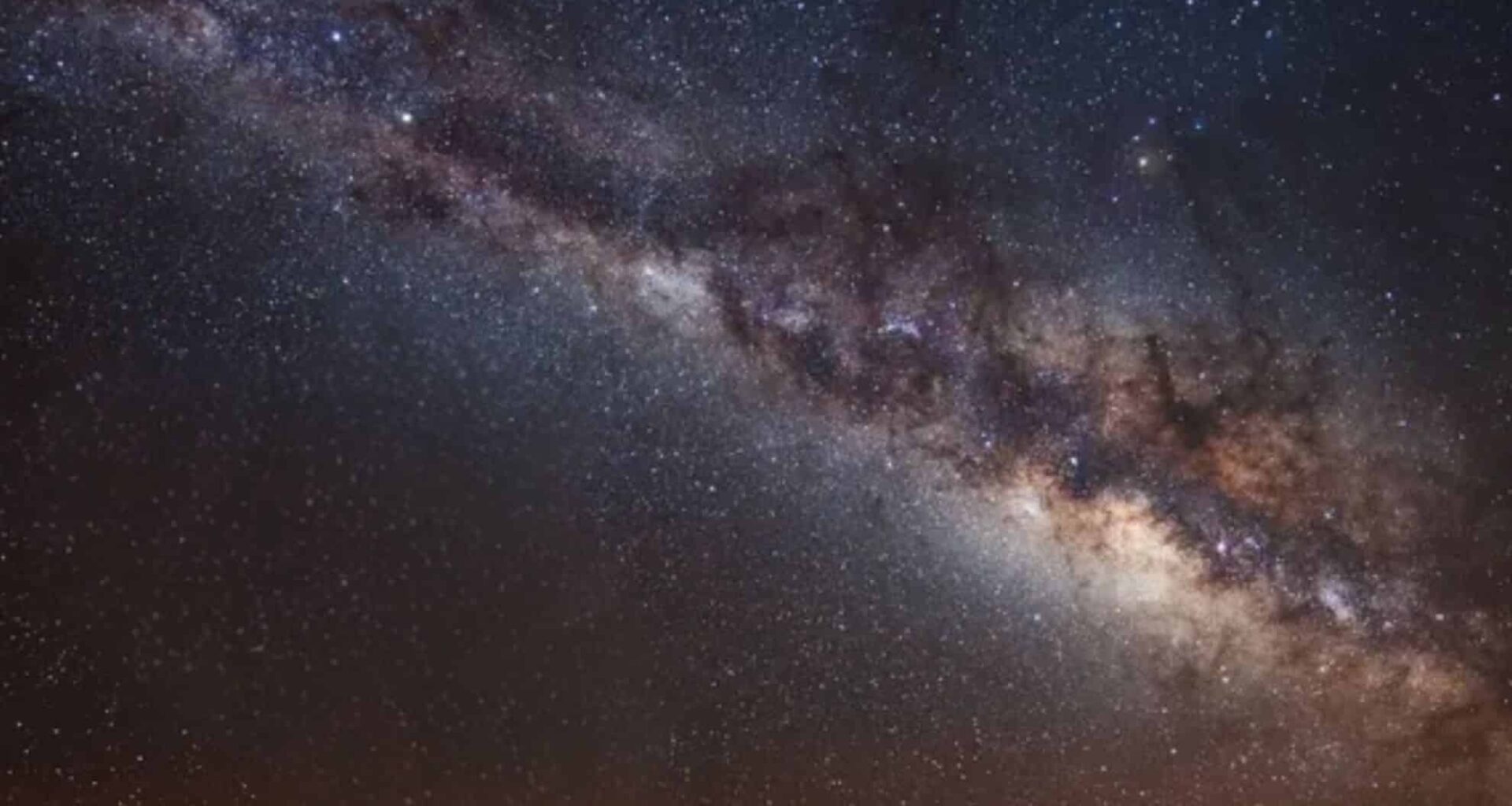In an unprecedented discovery, astronomers have detected a rare exoplanet located at the very edge of the Milky Way galaxy, using a method grounded in Albert Einstein’s theory of general relativity. The planet, named AT2021uey b, was discovered using gravitational microlensing, a phenomenon that occurs when the gravity of a massive object, such as a planet, bends and magnifies the light from a star behind it. This groundbreaking discovery, published in the journal Astronomy & Astrophysics in May 2025, marks a significant leap in the exploration of distant exoplanets and their environments, far beyond the more common methods of detection. The planet resides approximately 3,200 light-years from Earth and orbits a small, dim star, making this finding all the more extraordinary.
A Rare Discovery at the Edge of the Milky Way
AT2021uey b’s position at the edge of the Milky Way is significant for a number of reasons. The planet is a Jupiter-sized gas giant and is the third planet discovered in such a distant region of the galaxy. This particular area of space is relatively sparse in heavy elements, which are thought to be necessary for planet formation. The discovery in this region suggests that planets might form in places previously thought to be unsuitable, offering new insights into planetary formation models. This is important, as it could help astronomers to rethink the way planets are created and evolve in various environments across the galaxy.
The planet orbits a M dwarf star, a relatively cool and small star, once every 4,170 days—approximately 11 years. The star itself is about half the temperature of the Sun, making it much less luminous than our familiar solar system’s star. The discovery challenges traditional models of planetary formation, showing that gas giants like AT2021uey b can exist in places far removed from the galactic center. It’s a reminder that planets can be found in surprising and unexpected locations throughout the universe, expanding our understanding of where planetary systems can emerge.
The Role of Gravitational Microlensing in Planet Detection
What truly sets this discovery apart is the method used to detect AT2021uey b: gravitational microlensing. This technique involves observing a momentary increase in a star’s brightness, which happens when the gravitational field of a planet distorts space-time, acting like a magnifying lens on the star’s light. The Gaia space telescope first spotted the microlensing event in 2021, when the planet’s shadow caused a brief brightening in the star’s light.
The technique is derived from Einstein’s theory of general relativity, which revolutionized our understanding of gravity by showing that it is not a force, as previously thought, but the warping of space-time caused by mass and energy. This insight allows us to detect planets that would otherwise be invisible, as their gravitational effect on light is the only trace they leave behind. This method is not widely used in exoplanet discovery because it requires precise alignment of the star and the planet, and only a small percentage of stars show the microlensing effect.
“This kind of work requires a lot of expertise, patience, and, frankly, a bit of luck,” study co-author Marius Maskoliūnas, an astronomer at Vilnius University in Lithuania, commented. “You have to wait for a long time for the source star and the lensing object to align and then check an enormous amount of data. Ninety percent of observed stars pulsate for various other reasons, and only a minority of cases show the microlensing effect.”
Challenging Existing Models of Planetary Formation
AT2021uey b’s discovery pushes the boundaries of current planetary formation models. For years, scientists have thought that gas giants like Jupiter should only form closer to their stars, where the conditions are warmer and conducive to the accumulation of large amounts of gas. However, Edita Stonkutė, the leader of the microlensing project, explained the implications of this finding:
“When the first planet around a sun-like star was discovered, there was a great surprise that this Jupiter-type planet was so close to its star,” she noted. “As data accumulated, we learned that many types of planetary systems are completely unlike ours — the solar system. We’ve had to rethink planetary formation models more than once.”
This insight suggests that the formation of planets, particularly gas giants, may occur in ways that are vastly different from the patterns we observe in our own solar system. The discovery of planets like AT2021uey b challenges the conventional understanding and opens new doors for the study of distant worlds in the universe.
